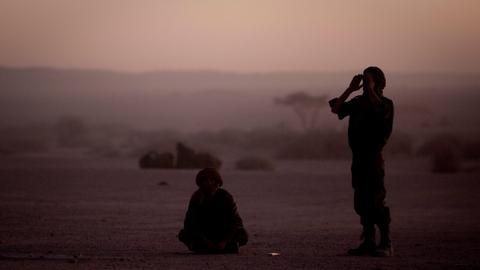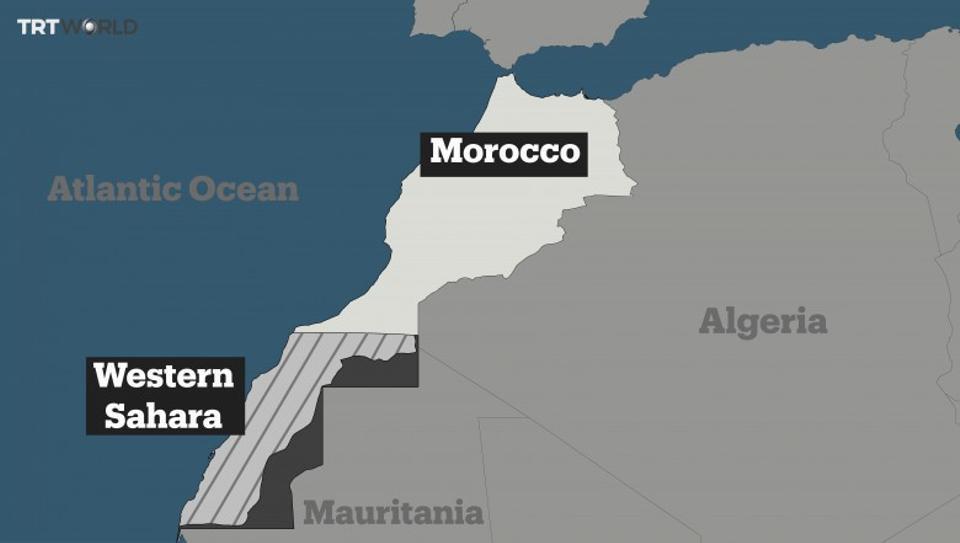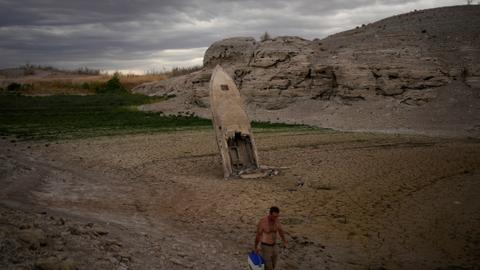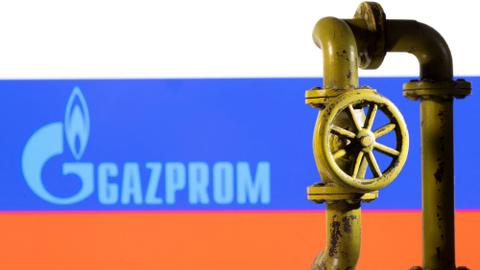
Lima snaps relations with the Polisario-run area of Western Sahara, saying it "respects" territorial integrity of Morocco, which claims the entire disputed territory and controls nearly 80 percent of it.

Peru has cut diplomatic ties with the Polisario Front-administered portion of disputed Western Sahara in favour of improved ties with Morocco.
"In the absence of an effective bilateral relationship to date, the Government of the Republic of Peru decides to withdraw the recognition of the Sahrawi Arab Democratic Republic (SADR) and to break all relations with this entity," the Foreign Ministry statement announced on Thursday.
Instead, Lima and Rabat will sign "a multisectoral roadmap covering regular political consultations, effective cooperation in economic, commercial, educational, energy, agriculture and fertiliser matters," the statement said.
The break came just 11 months after diplomatic relations were reestablished under leftist President Pedro Castillo.
The decision followed a "recent telephone conversation" between Peru's Foreign Minister, Miguel Rodriguez Mackay, and Moroccan counterpart Nasser Bourita, the ministry said in a statement.
The two nations decided to "strengthen their bilateral relations," it added and underscored that Peru "values and respects the territorial integrity of the Kingdom of Morocco and its national sovereignty."

The disputed status of Western Sahara –– a former Spanish colony considered a "non-self-governing territory" by the United Nations –– has pitted Morocco against the Polisario Front since the 1970s.
Rabat, which controls nearly 80 percent of the territory, is pushing for autonomy under its sovereignty.
The Polisario Front, however, wants a referendum on self-determination.
Morocco and neighbouring Algeria too are at odds over Western Sahara. Algiers backs Polisario Front and broke off diplomatic ties with Morocco in August 2021 while accusing Rabat of "hostile acts".
READ MORE: US backs Morocco's plan to grant autonomy to rebellious Western Sahara
US involvement
Peru and the Western Saharan territory reestablished official ties in September last year in one of Castillo's first diplomatic acts.
They had previously been suspended since 1996 under Moroccan pressure.
The Western Sahara conflict, which had been largely frozen since a 1991 ceasefire, flared again in late 2020 when the Polisario declared the truce null and void over Morocco's military operation inside the UN-patrolled buffer zone.
The same year, the administration of then-US president Donald Trump recognised Morocco's sovereignty over the territory in a deal that saw the kingdom mend ties with Israel.
The African Union recognises the SADR as a member.
READ MORE: Morocco king calls for ties reset with 'brotherly' Algeria
Source: AFP
Source https://www.globalcourant.com/peru-cuts-ties-with-western-sahara-area-after-talks-with-morocco/?feed_id=12792&_unique_id=62fee3a27bc4a




